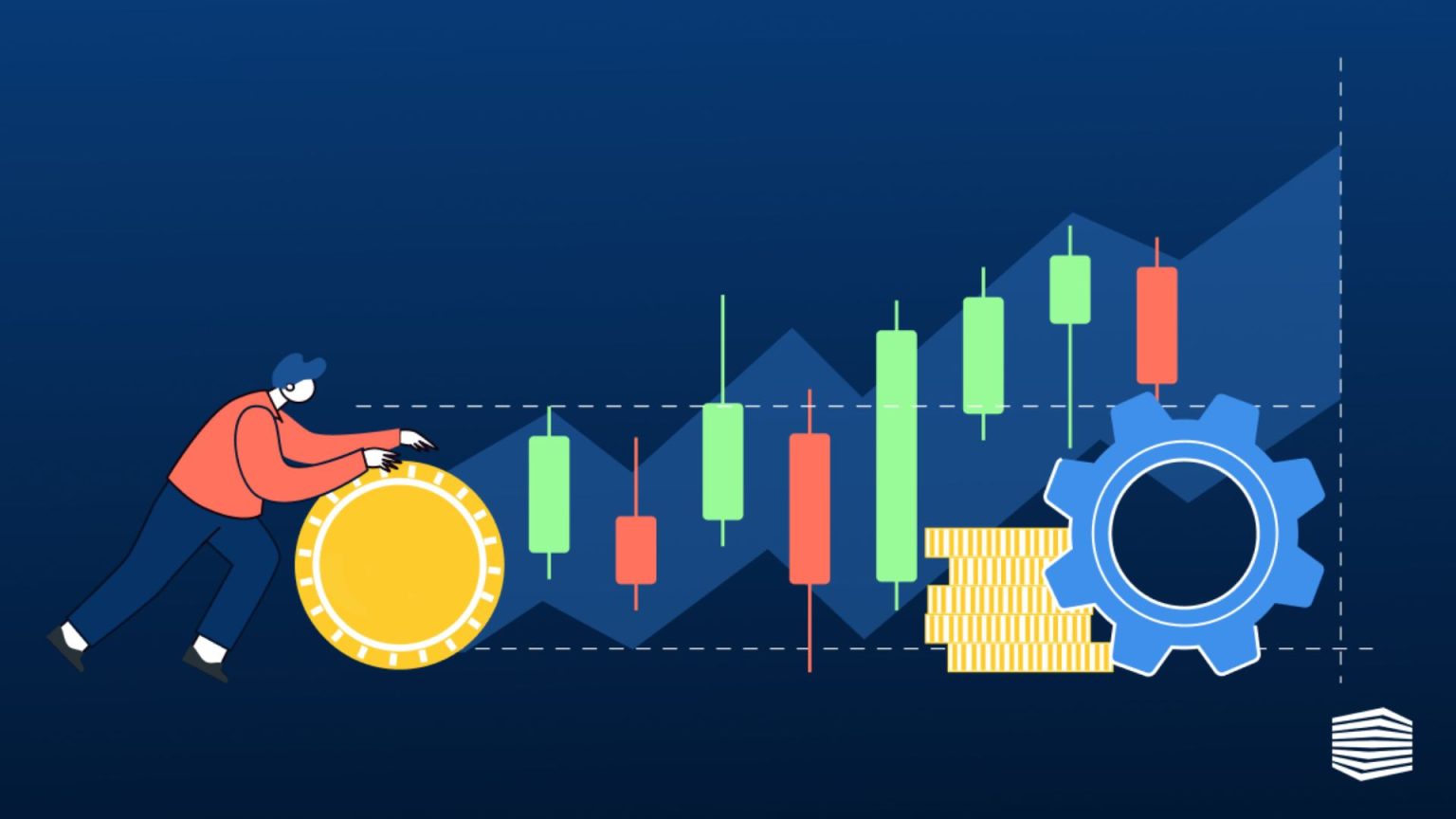If you’ve ever held a crypto token and heard the phrase “you could be earning passive income just by staking it”, you’re not alone. Staking has become one of the most popular ways to earn in crypto, especially as more projects move away from energy-heavy mining models like Proof of Work.
But what exactly is staking, and is it really as easy (and safe) as it sounds?
In this blog, we’ll break it all down:
- What staking is and how it works
- What coins you can stake
- How to get started (the right way)
- Pros and cons of staking
- The difference between hard vs soft staking
- What to watch out for before you lock anything up
📘 What Is Staking?
Staking is the process of locking up your cryptocurrency to help support a blockchain network’s security and operations… and in return, you earn staking rewards, usually paid out in the same token.
It’s most commonly associated with blockchains that run on Proof of Stake (PoS) or similar models (like Delegated Proof of Stake or variants like Nominated PoS).
Instead of miners verifying transactions like in Bitcoin, stakers validate blocks and secure the network by putting their coins up as collateral.
In short:
You get rewarded for helping the blockchain function smoothly.
⚙️ How Does Staking Work?
When you stake your coins, you’re essentially saying:
“I believe in this network, and I’m locking my tokens to help validate it.”
Depending on the protocol, this process may involve:
- Delegating your tokens to a validator
- Running your own validator node
- Locking your coins in a staking contract or wallet
- Receiving payouts on a regular schedule (daily, weekly, etc.)
Some blockchains penalize dishonest or inactive validators, which could result in a small deduction from your staked funds. This is called slashing, and it’s rare, but worth knowing.
🪙 What Cryptocurrencies Can You Stake?
There are dozens of coins and tokens that support staking. Some of the most popular include:
- Ethereum (ETH) – Now Proof of Stake since “The Merge”
- Cardano (ADA)
- Solana (SOL)
- Polkadot (DOT)
- Cosmos (ATOM)
- Avalanche (AVAX)
- Tezos (XTZ)
- Near Protocol (NEAR)
Each has different reward rates, lock-up rules, and validator requirements.
💸 What Are the Benefits of Staking?
✅ Passive Income
Staking allows you to earn yield on assets you’re already holding, similar to earning interest in a savings account, except the rates are often much higher (5%–20%+ annually).
✅ Network Support
By staking, you’re helping secure and decentralize the blockchain, which improves its long-term sustainability.
✅ Compounding Opportunities
Many platforms allow you to auto-compound your staking rewards, helping you grow your balance faster over time.
⚠️ What Are the Risks of Staking?
❌ Lock-Up Periods
Some staking models lock your funds for days, weeks, or even months, meaning you can’t access or sell them during that time. If the market crashes, you’re stuck.
❌ Volatility
Even if you’re earning 10% APY in rewards, your token could drop 40% in price, netting you a loss overall.
❌ Validator Risk
If you delegate to a validator that performs poorly, you could receive lower rewards or even get slashed.
🔍 Hard Staking vs. Soft Staking: What’s the Difference?
There are two main types of staking you’ll encounter:
🧱 Hard Staking (Locked Staking)
- Requires your tokens to be locked for a fixed period
- Offers higher yields
- Cannot withdraw or trade until the lock-up ends
Best for: Long-term holders with high conviction.
🌊 Soft Staking (Flexible Staking)
- No lock-up periods
- Lower returns, but you stay liquid
- Can withdraw anytime
Best for: Traders or anyone wanting to stay agile in volatile markets.
📌 Pro Tip: At EPIQ, we often recommend soft staking strategies so our members can still react to major market shifts while earning passive income.
🧠 How to Start Staking (Safely)
- Choose your platform – Centralized exchanges (e.g. Binance, Coinbase) offer simple staking, but self-custody wallets like Keplr or MetaMask provide more control.
- Research the coin’s staking requirements – Some have minimum amounts or lock-up times.
- Pick a trustworthy validator – Look at uptime, commission, and reputation.
- Start with a small amount – Test the process before going all-in.
- Track your rewards – Use dashboards like the EPIQ Crypto Macro Dashboard to monitor APRs and payout schedules.
🧾 Final Thoughts: Is Staking Worth It?
For most long-term investors, staking is a low-effort, high-value way to earn additional crypto over time. However, it’s important to understand the risks, especially around liquidity and volatility.
Whether you’re just holding ETH or exploring niche PoS chains, staking can turn passive holding into profitable action—as long as you’re strategic about how and where you do it.
🚀 Want to Learn More About Staking, Trading, and Market Cycles?
At EPIQ Trading Floor, we help you maximize your crypto journey with:
✅ Our free Crypto Trading Academy
✅ Daily macro updates and altcoin insights
✅ Tools to compare staking APRs, market sentiment, and volume shifts
🔐 Join the world’s first social platform built for traders:
👉 epiqtradingfloor.com
⚠️ Disclaimer
This content is for informational purposes only and does not constitute financial advice. Always DYOR and assess the risks before staking or investing.










Responses